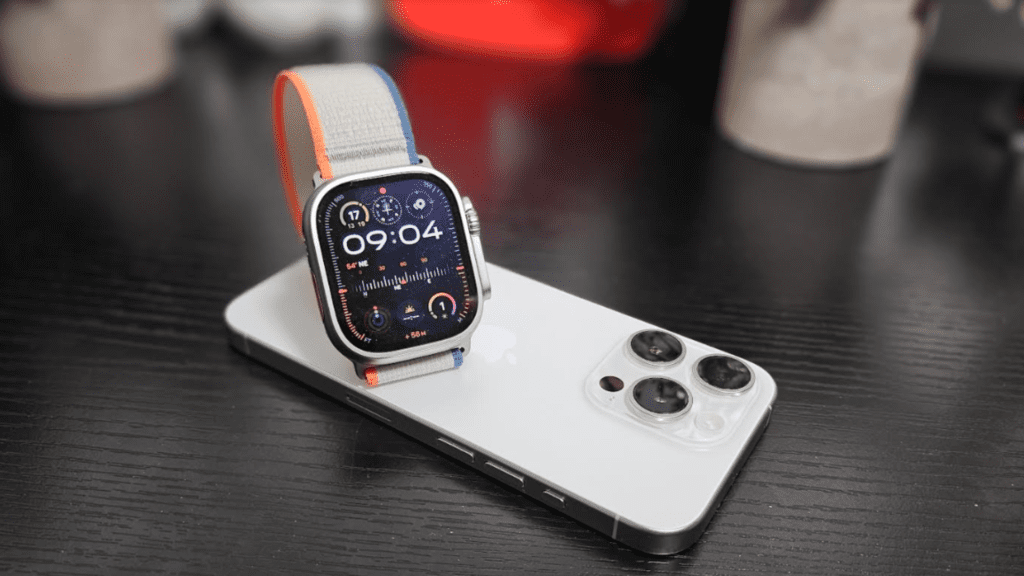
The iPhone 15 generation brought big changes to the world of third-party accessories. By switching from the Lightning port to USB-C, Apple opened up new possibilities for their smartphones. One cool feature of this new generation is the ability to charge your Apple Watch or AirPods using your iPhone. Here’s everything you need to know about charging your other Apple devices with your iPhone.
To use this feature, you’ll need an iPhone 15, iPhone 15 Plus, iPhone 15 Pro, or iPhone 15 Pro Max. These are the only models that can charge your Apple Watch at the moment, but it’s likely that the upcoming iPhone 16 will also support this feature. Make sure your iPhone has enough battery to spare, as it will prioritize its own battery first when charging other devices.
Here’s how to charge your Apple Watch with your iPhone:
– If you have an iPhone 15, you’ll need a USB-C to Apple Watch MagSafe cable.
– Connect the USB-C end to your iPhone’s USB-C port.
– Place your Apple Watch on the other end of the cable.
While the regular iPhone 15 models don’t have the fastest USB-C port, both the regular and Pro models will charge the Apple Watch consistently. Apple states that you can charge any small device that supports USB Power Delivery at up to 4.5 watts, or a device with a Lightning connector, such as an older iPhone model.
In addition to charging your Apple Watch, you can also use your iPhone’s USB-C port for other purposes, like playing audio through external speakers or headphones. You can connect using the Apple USB-C to 3.5 mm Headphone Jack Adapter or the Apple USB-C to Lightning Adapter.
You can also connect your iPhone to external displays and monitors using the USB-C port to watch videos, view photos, and more on a larger screen. Depending on the display, you may need an adapter. The iPhone supports connections to USB-C displays at up to 4K resolution and 60Hz, as well as HDMI displays or TVs with a USB-C to HDMI adapter or cable.
The USB-C port on your iPhone can also be used with CarPlay compatible cars, external storage devices, microphones, external battery packs, USB to Ethernet adapters, and SD cards using SD card adapters.



